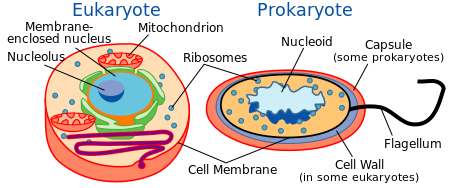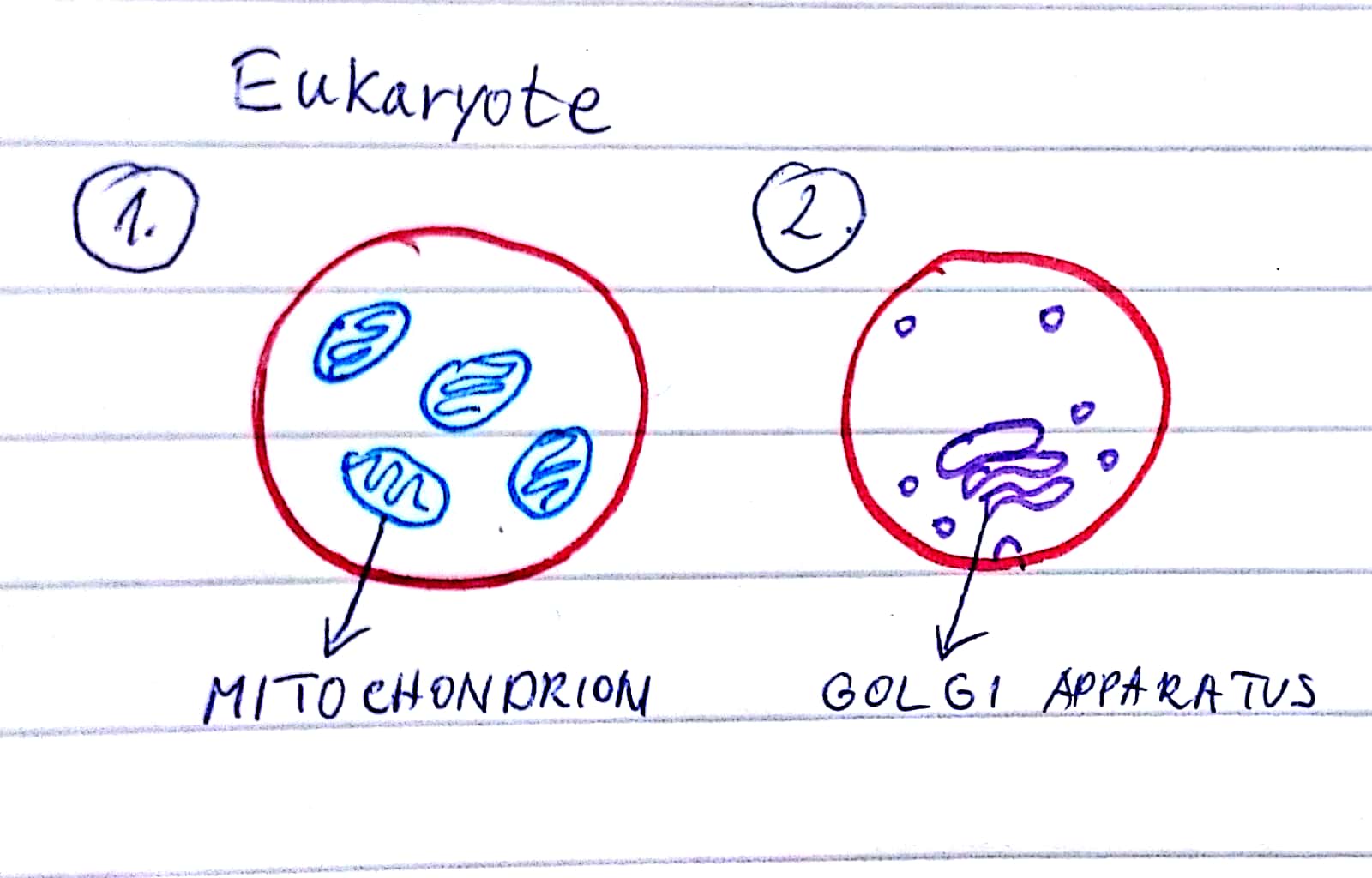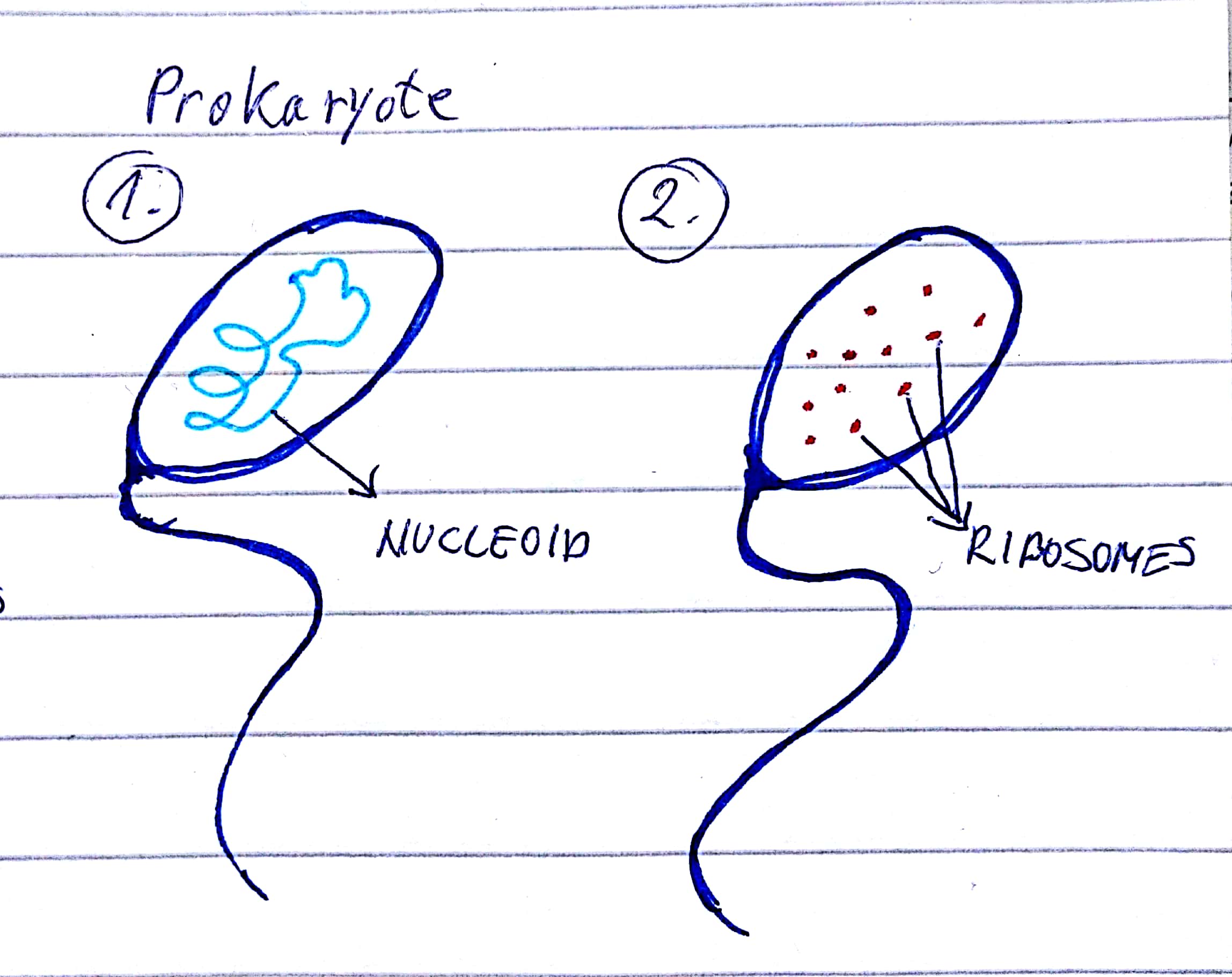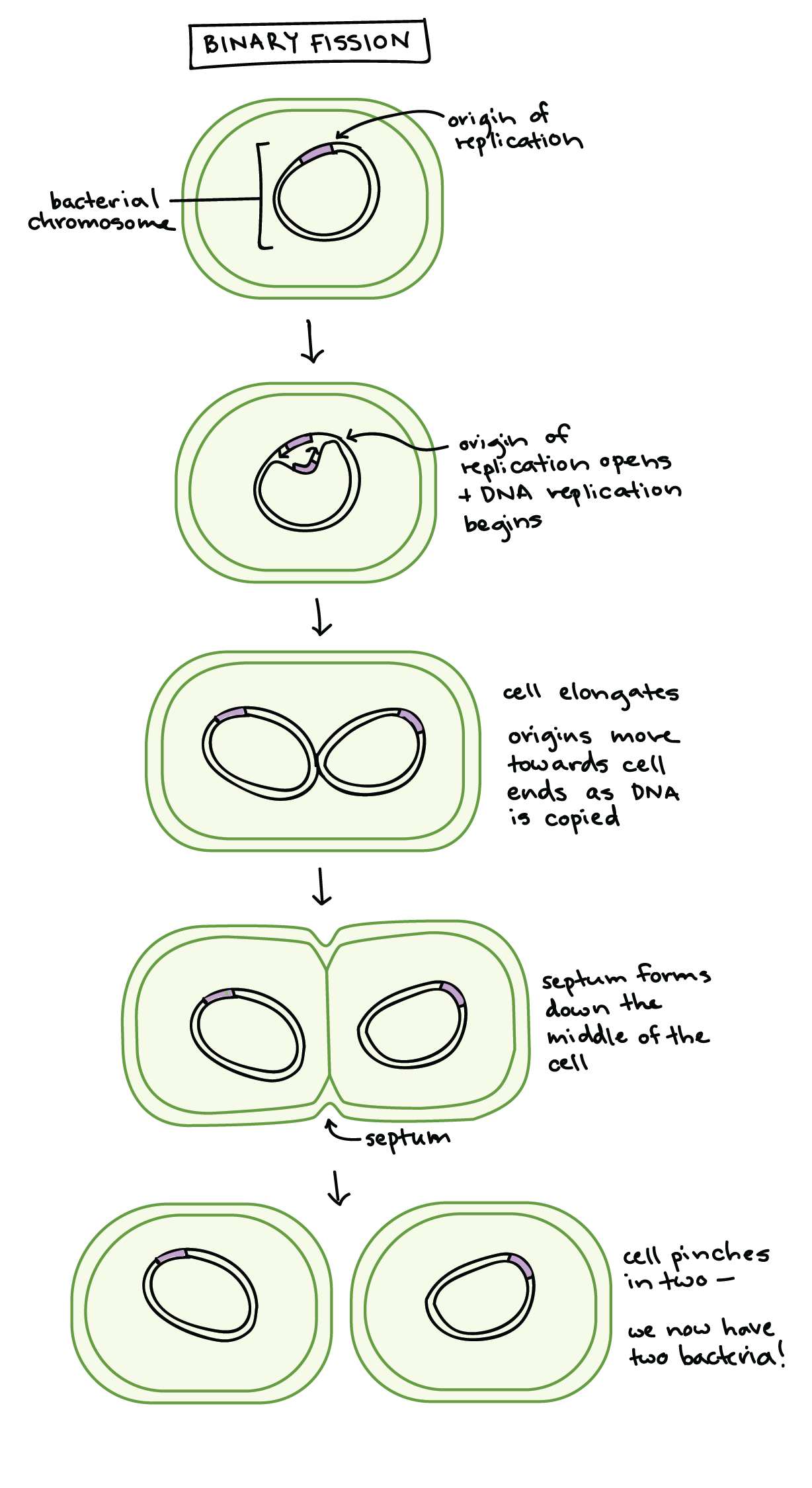What would happen if all the components of cells are same?
1 Answer
Cells are the smallest unit of life. If all the components of a single cell are the same the cell loses its status as a "unit of life" . It is not considered alive.

Explanation:
The cell is the smallest unit of life and the the basic structural and functional unit of all known living organisms.
There are two types of cells

Now imagine a cell, prokaryotic/ eukaryotic, with the same componenst. Chose witch ever component or organel [if we talk about a eukaryotic cell] you want, draw out the outer shape of the cell and put the component in the cell. Do you think this cell would founction properly? Lets find out!
Here below is my vision of a eukariotic cell in two examples:
- In the first example I have just one component, a mitochondrion. And as you "wished" it is the only component in the cell.
In my first example there is no nucleus no other membranes or organels. This cell would not any more be a "living unit" because it would not be able to reproduce and function properly. If an organism loses its ability to reproduce it is not considered living. My cell can not reproduce because there is no DNA or nucleus responsible for reproduction. Mitochondria can reproduce by itself but it still relays on cells proteins to function properly. My first example of a cell with mitochondira would dye out. - In my second example there is just a Golgi apparatus and some lysosomes. As with the mitochondria exaple this cell is not considered alive. But there is a probabilty that this "formation" just with Golgy apparatus and some lyzosomes could interact with the environment but as we view it like that it is useless because there is just the Golgi apparatus and nothing else. If we want to consider something "alive" this organism has to satisfy all features on the top picture in the answer.

What about prokaryotes?
The rules for eukaryotes can be applied for prokaryotes.
- In my first example there is a prokaryotic cell with her DNA
#-># nucleoid. You may know think that this organism can reproduce beacuse it has a DNA responsible for repoduction/ binary fission. Still the cell needs other fomations to function properly to interact with the environment and to estable homestasis. Both examples, 1 and 2, are not considered alive.



